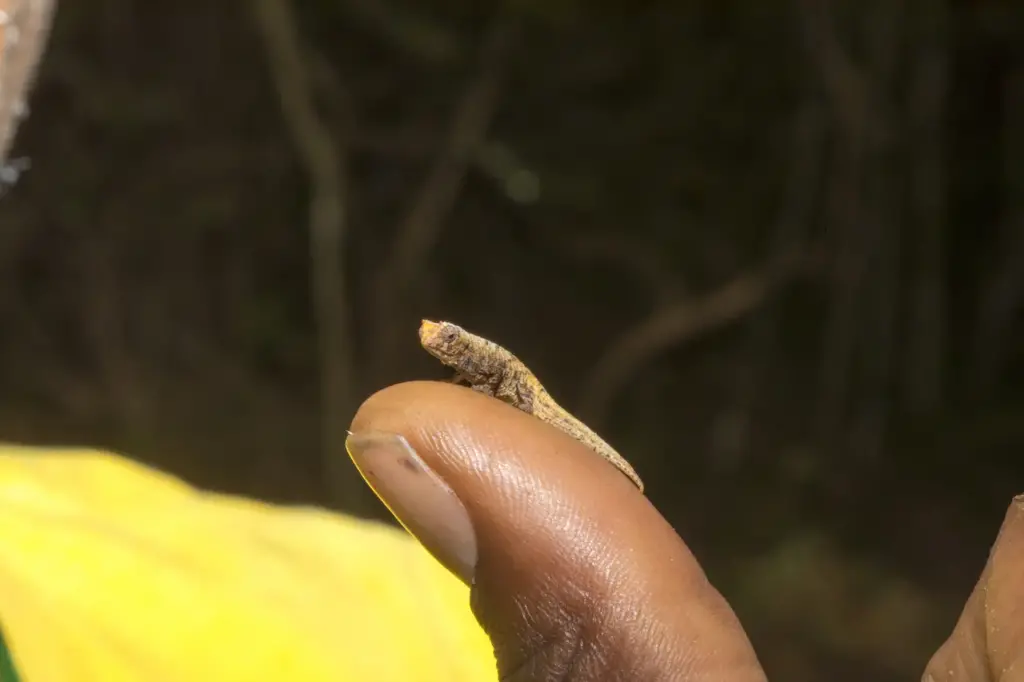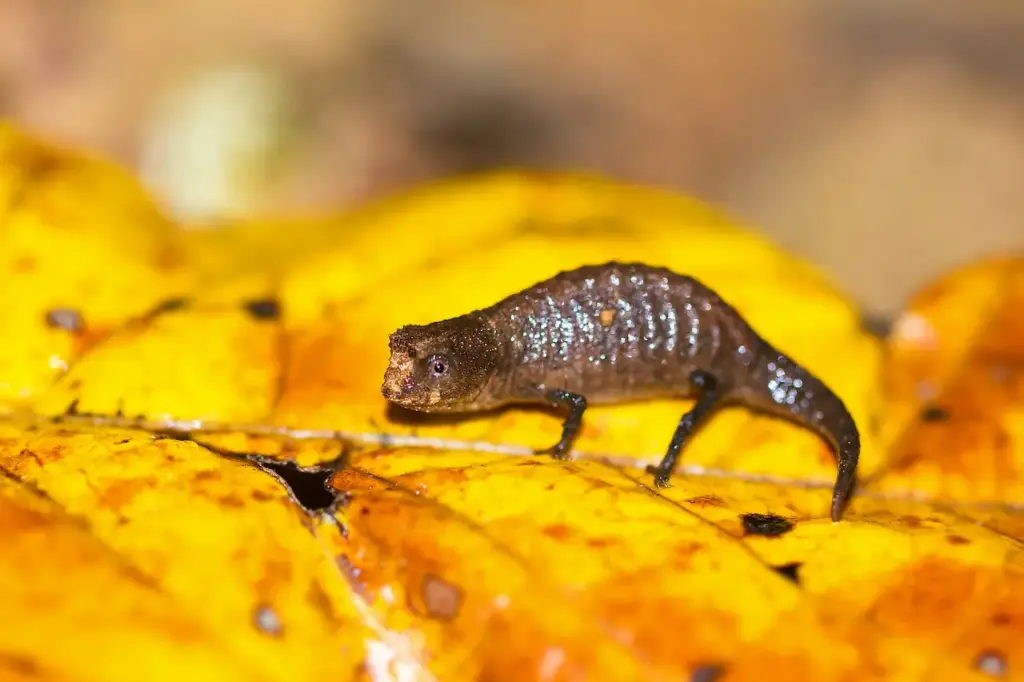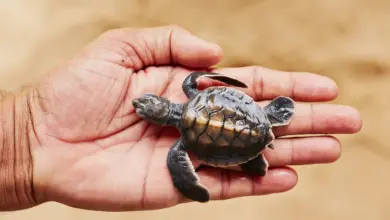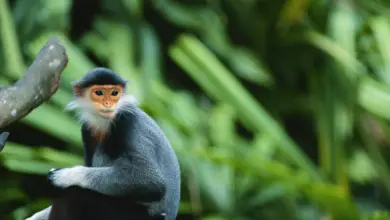World’s Smallest Chameleon
New Species May Be The World's Smallest Reptiles As Well As The Tiniest Chameleons
Scientists who explored tiny islands and other areas in northern Madagascar are reporting the discovery of four new species of dwarf chameleon, one of which approaches, or may even break, the record for being the world’s littlest reptile. At the very least, the diminutive species Brookesia micra, which appears to grow to a maximum length of 30 millimeters (1.18 inches) from snout to tail, is the smallest chameleon on earth.
[ez-toc]

The only reptile that may be slightly smaller—in reality, this reptile rivalry has yet to be resolved—is a dwarf gecko found in the British Virgin Islands.
The discovery of the four new leaf chameleons was announced February 14 in the online scientific journal PloS ONE. The researchers said they captured most of the creatures by going out at night during the rainy season, and searching for them on leaves using flashlights and headlamps. Madagascar, a huge island off the southeastern coast of Africa, is home to thousands of unique animal species, including all of the world’s lemurs, and nearly half of the chameleon species on earth.

In spite of the fact that the four chameleons are new to science, their existence may already be in jeopardy due to habitat loss. The scientists who found them say they probably exist in only a handful of very small areas—Brookesia micra for example, appears to occur only on one very small islet—and that steps should be taken to protect those habitats from widespread commercial logging, which is the greatest ongoing threat to Madagascar’s biodiversity.
Citation: “Rivaling the World’s Smallest Reptiles: Discovery of Miniaturized and Microendemic New Species of Leaf Chameleons (Brookesia) from Northern Madagascar.” Frank Glaw, Jorn Kohler, Ted M. Townsend, Miguel Vences, PLoS ONE, Vol 7, Issue 2, http://dx.plos.org/10.1371/journal.pone.0031314


